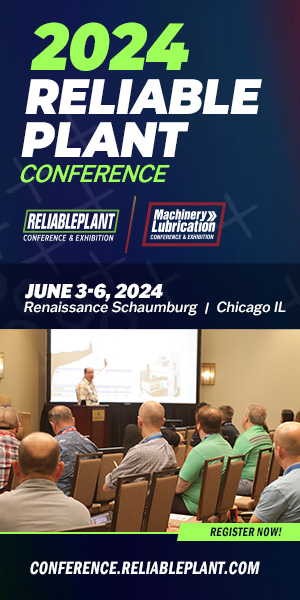General Motors Corp. and the University of Michigan College of Engineering launched a new collaborative research laboratory on the U-M campus in
The five-year, $2.9 million Smart Materials and Structures Collaborative Research Laboratory (SMS CRL) at U-M’s
The goal of the CRL’s three thrust areas of smart material maturity, smart device technology innovation, and mechamatronic systems design methodology, will lay the scientific foundation to generate ideas for products that could be used in real world applications.
Smart materials and structures have become hot research areas since the 1990s. For the automotive industry, there are significant potential benefits to be realized including reduction in vehicle mass, added design flexibility, reduction in component size and cost and replacement of conventional actuators with much smaller, lighter, less expensive and more reliable smart materials-based devices.
“GM and the U-M College of Engineering have a long history of working together on a variety of successful projects," said Dr. Alan Taub, executive director of science for GM Research and Development in
“When you look at many centers and research efforts, they develop the technology but it seldom transitions to industry and new products,” said Diann Brei, associate professor in mechanical engineering and one of the CRL directors. “Part of the problem is there are very clear lines between basic research and commercialization. We are trying to smear that line. We are trying a different paradigm.”
To help achieve this, U-M will stay heavily involved with the technology as it moves downstream toward commercialization. The transition team will include representatives from GM and U-M engineers, which is a departure from the traditionally separate roles of basic research and technology transfer.
“This new model will help translate the basic research into actual products,” Brei said.




